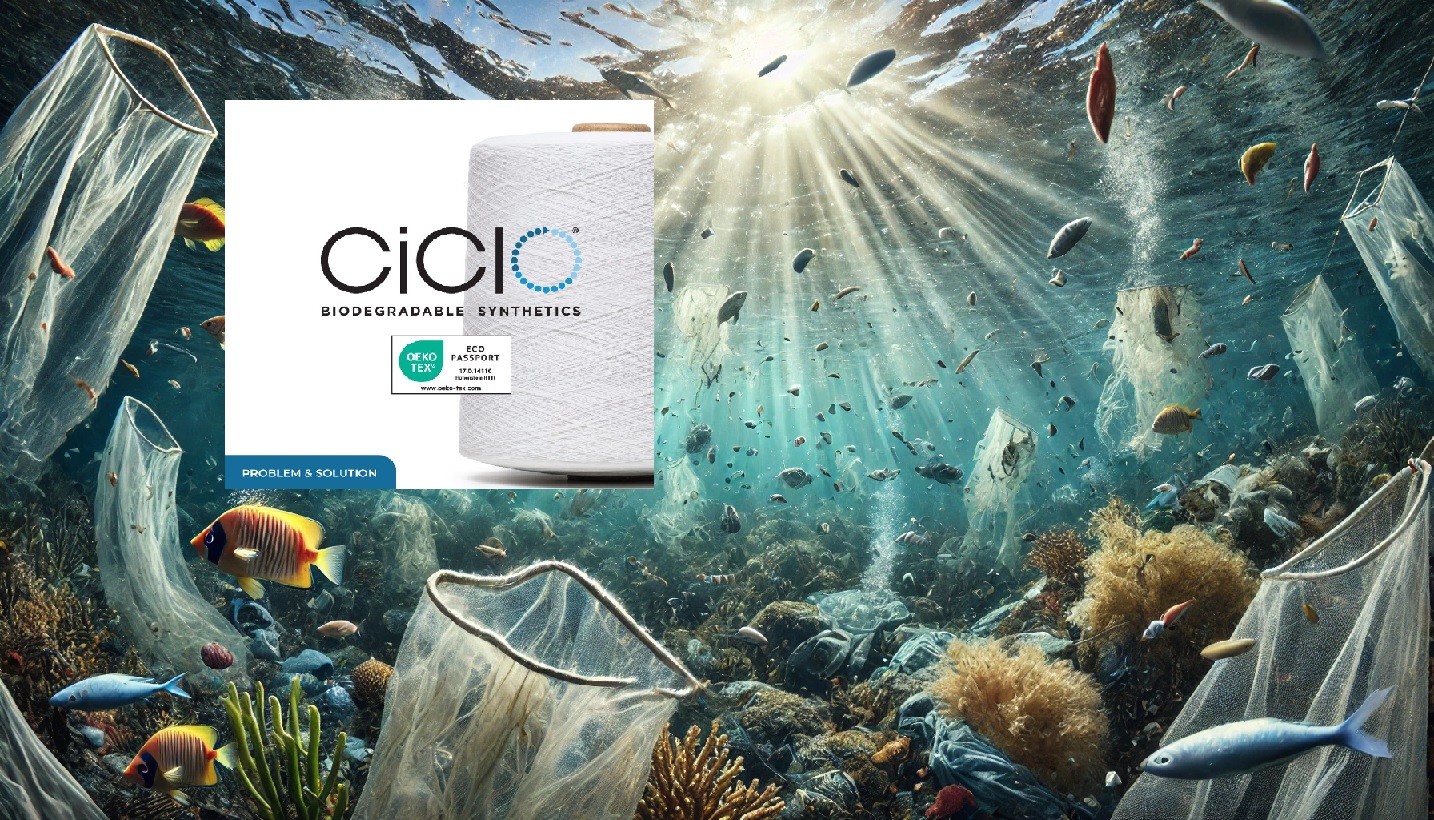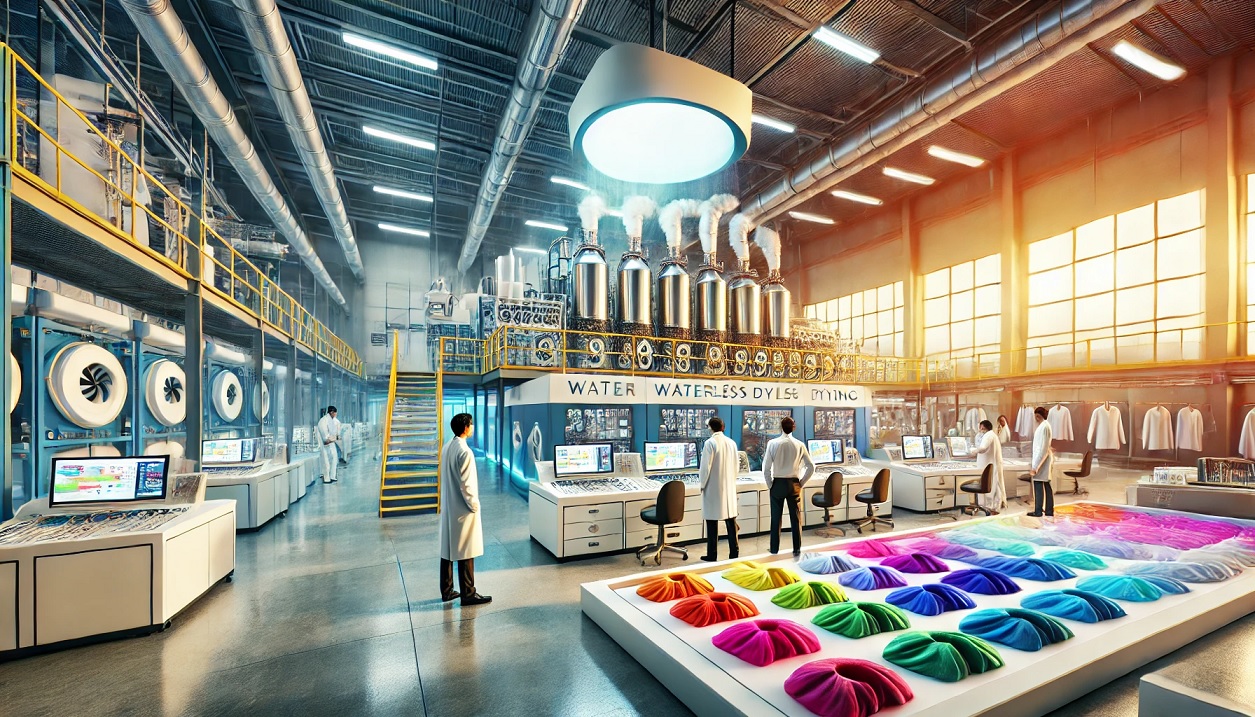Discover what cotton-free denim is, why it’s better for the environment and your health, and where to find the best brands and styles.
Denim is one of the most popular and versatile fabrics in the world. You can wear it with anything, from casual to formal, from classic to trendy. But did you know that denim is also one of the most harmful fabrics for the planet?
One of the culprit is believed to be cotton. Most denim is made from cotton, which allegedly consumes a lot of water, chemicals and land to grow. A single pair of non-organic cotton jeans can use up to 1,800 gallons of water. That’s enough to fill 27 bathtubs!
Cotton farming, which usually involves use of pesticides and artificial fertilizers, can also contribute to soil erosion, water pollution and climate change. It affects the health and livelihoods of millions of farmers and workers around the world.
But what if you could enjoy your denim without destroying the environment? What if you could wear jeans that are made from sustainable and biodegradable materials that use less water, energy and chemicals? What if you could switch to cotton-free denim?
What is cotton-free denim and how is it made?
Cotton-free denim is denim that does not contain any cotton at all. Instead, it’s made from alternative fibers that are more sustainable and biodegradable.
Some of these fibers include:
- Modal: A cellulose fiber made from beech trees that uses 10-20 times less water than cotton.
- Lyocell: Another cellulose fiber made from wood pulp that uses a closed-loop process that recycles 99% of the water and solvents used.
- Hemp: A bast fiber that grows fast and requires little water, pesticides or fertilizers.
- Linen: Another bast fiber that comes from flax plants that are resilient and adaptable to different climates.
- Recycled polyester: A synthetic fiber that is made from recycled plastic bottles or textile waste.
These fibers have different properties and benefits, but they all share a common goal: to reduce the environmental impact of denim production.
To make cotton-free denim, these fibers are spun into yarns, warp yarns are dyed and then woven into fabric, followed by garmenting and washing or fading treatments. The exact types and sequence of processes may vary depending upon the required look and hand-feel of the end-product.
Some brands use a blend of different fibers to create cotton-free denim, while others use 100% of one fiber. Some brands also use organic or recycled materials to make their cotton-free denim even more eco-friendly.
Why is cotton-free denim better for the environment and your health?
Cotton-free denim has many advantages over conventional denim when it comes to the environment and your health.
Here are some of them:
It saves water and energy
One of the main benefits of cotton-free denim is that it uses significantly less water and energy than conventional denim.
According to Everlane, a pair of cotton-free denim jeans may use only 0.4 liters of water compared to 1,500 liters for a pair of non-organic cotton jeans. That’s a 99.97% reduction!
By choosing cotton-free denim, you can help conserve one of our most precious resources and reduce greenhouse gas emissions.
It protects the soil and biodiversity
Another benefit of cotton-free denim is that it protects the soil and biodiversity from the harmful effects of cotton farming.
Cotton farming uses a lot of pesticides and fertilizers that can leach into the soil and waterways, causing pollution and killing beneficial organisms.
Cotton farming also depletes the soil of nutrients and organic matter, making it less fertile and more prone to erosion.
Cotton-free denim avoids these problems by using fibers that are grown organically or without chemicals, or that are recycled from existing materials.
These fibers also require less land to grow, leaving more space for natural habitats and wildlife.
It is good for your wallet and your health
Cotton-free denim is not only good for the planet, but also for your wallet and your health.
Cotton-free denim tends to last longer than conventional denim because it is more resistant to wear and tear. This means you can save money by buying less jeans and extending their lifespan.
Cotton-free denim may also be for your health because it does not expose you to harmful chemicals that are often used in cotton farming and processing. These chemicals can cause skin irritation, allergies and even cancer.
Cotton-free denim may be softer, smoother and more breathable than conventional denim, making it more comfortable to wear.
Where to find the best brands and styles of cotton-free denim
There are many brands that offer cotton-free denim in various styles and sizes. Here is an example:
- Advance Denim: Advance Denim is a denim mill that collaborates with Lenzing and Officina+39 to create cotton-free denim with zero-cotton composition. Their cotton-free denim is made with Modal, Lyocell, hemp or recycled polyester, in different weights and finishes. They supply fabric to many brands and designers around the world.
How to care for your cotton-free denim and make it last longer
Cotton-free denim is durable and easy to care for, but there are some tips you can follow to make it last longer and keep it looking good.
Here are some of them:
- Wash your cotton-free denim less often. Washing your jeans too frequently can fade the color, weaken the fabric and waste water. Try to wash your jeans only when they are dirty or smelly, or after every 10 wears.
- Wash your cotton-free denim in cold water. Cold water helps preserve the color, shape and quality of your jeans. It also saves energy and reduces emissions.
- Wash your cotton-free denim inside out. Turning your jeans inside out before washing them helps protect them from abrasion, fading and pilling.
- Wash your cotton-free denim with similar colors. Washing your jeans with similar colors helps prevent dye transfer and staining.
- Use gentle detergent and skip the fabric softener. Gentle detergent helps clean your jeans without damaging the fibers or the environment. Fabric softener can clog the pores of your jeans and make them less breathable.
- Air dry your cotton-free denim. Air drying your jeans helps them retain their shape, size and texture. It also saves energy and prevents shrinkage.
- Store your cotton-free denim properly. Storing your jeans properly helps them maintain their appearance and longevity. Fold them neatly or hang them by the waistband in a cool, dry place.
Recycled Cotton, Organic Cotton and Regenerative Cotton Options
Recycled cotton, organic cotton and regenerative cotton are all different options that aim to make cotton production more sustainable and less harmful for the environment and the people involved.
Recycled cotton is cotton that is reused from pre-consumer or post-consumer waste, such as fabric scraps or old garments. It reduces the need for new cotton, which saves water, energy, chemicals and land. However, recycled cotton can have lower quality and durability than new cotton, and it can be difficult to sort and process post-consumer waste that is often mixed with other materials or dyed.
Organic cotton is cotton that is grown without the use of synthetic pesticides, fertilizers or genetically modified seeds. It protects the soil, water and biodiversity from chemical pollution and promotes organic farming practices that enhance soil health and crop rotation. However, organic cotton still requires a lot of water to grow, and it can have lower yields and higher costs than conventional cotton .
Regenerative cotton is cotton that is grown using regenerative agriculture principles that go beyond organic farming. It aims to restore the health and fertility of the soil, increase biodiversity, sequester carbon, improve water cycles and enhance ecosystem services. Regenerative cotton can also improve the livelihoods and resilience of farmers and communities by increasing yields, reducing costs and diversifying income sources.
All of these options have their advantages and disadvantages, but they are all better than conventional cotton, which is associated with high environmental and social impacts. Depending on your preferences and values, you can choose the option that suits you best. However, you should also consider other factors that affect the sustainability of your cotton products, such as how they are manufactured, dyed, finished, transported and cared for.
Conclusion
Cotton-free denim does not contain any cotton at all, but instead uses alternative fibers that are more sustainable and biodegradable. Organic cotton, recycled cotton and regenerative cotton can also be better alternative to conventional cotton for producing sustainable denim. Sustainability of denim does not depend only upon the type of fiber used but also on the complete manufacturing cycle of the denim, including spinning, dyeing, weaving, washing, finishing etc., and the amount of water, energy and chemicals used in all these processes.



